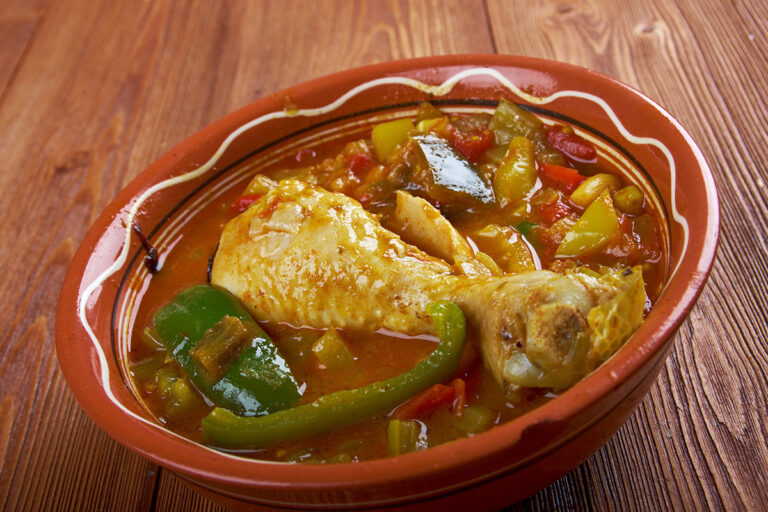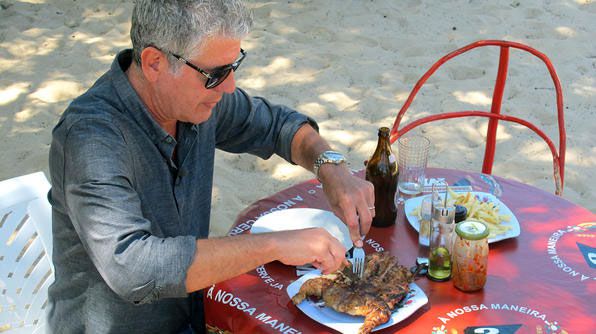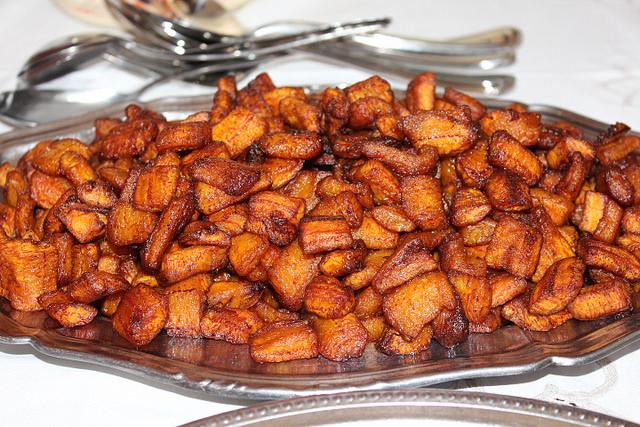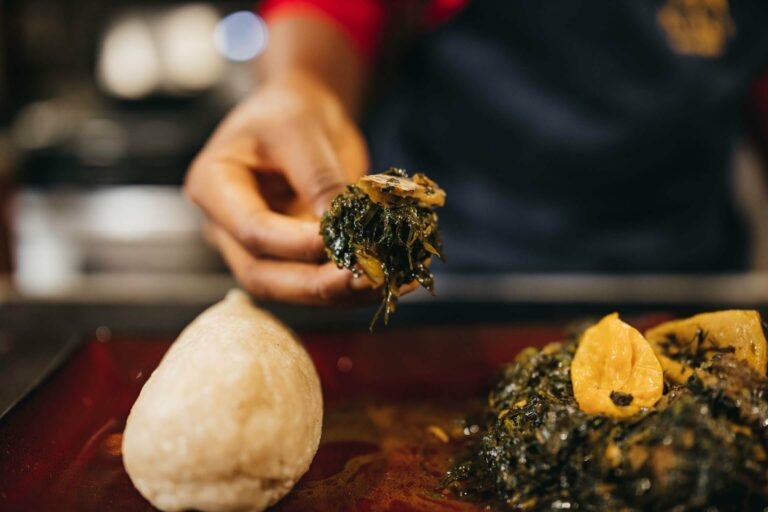Introduction: What is Zambian cuisine?
Zambian cuisine is a reflection of the country’s diverse cultural heritage. Located in Southern Africa, Zambia is home to over 70 ethnic groups, each with their own unique culture and culinary traditions. The food in Zambia is characterized by the use of fresh and locally sourced ingredients, with a focus on hearty and filling meals that are perfect for the country’s hot and humid climate.
Indigenous ingredients in Zambian cuisine
Zambian cuisine uses a variety of indigenous ingredients, including tubers, cereals, and legumes. Some of the most common ingredients used in Zambian dishes include cassava, sweet potatoes, maize, beans, and millet. These ingredients are often used to make dishes such as nshima, a staple food made from ground maize that is typically served with a stew or relish.
The use of insects in Zambian cuisine
Insects are a common ingredient in many African countries, and Zambia is no exception. In fact, insects such as caterpillars, termites, and crickets are considered a delicacy in Zambia and are often used in traditional dishes such as ifishimu and kapenta. These insects are a great source of protein and are also rich in other essential nutrients.
Unique flavors in Zambian cuisine
Zambian cuisine is known for its unique blend of sweet, sour, and spicy flavors. Many dishes are made using a combination of ingredients such as tomatoes, onions, garlic, and chili peppers, which give the food a rich and savory taste. Some of the most popular Zambian dishes include chikanda, a sweet and spicy vegetarian cake made from ground peanuts and cassava, and chibwabwa, a dish made from pumpkin leaves and peanut butter.
Traditional cooking methods in Zambian cuisine
Traditional cooking methods are still widely used in Zambia, particularly in rural areas. Many dishes are cooked over an open flame or using a charcoal stove, which gives the food a smoky and authentic flavor. In addition, many Zambian dishes are cooked slowly, allowing the flavors to develop and intensify over time.
Modern influences on Zambian cuisine
In recent years, there has been a growing interest in Zambian cuisine, both within the country and abroad. As a result, there has been an influx of modern cooking techniques and ingredients into traditional Zambian dishes. For example, some chefs are now using sous-vide cooking and molecular gastronomy techniques to create new and innovative dishes. At the same time, there is a growing movement to preserve traditional Zambian cuisine and to promote the use of locally sourced and sustainable ingredients.










